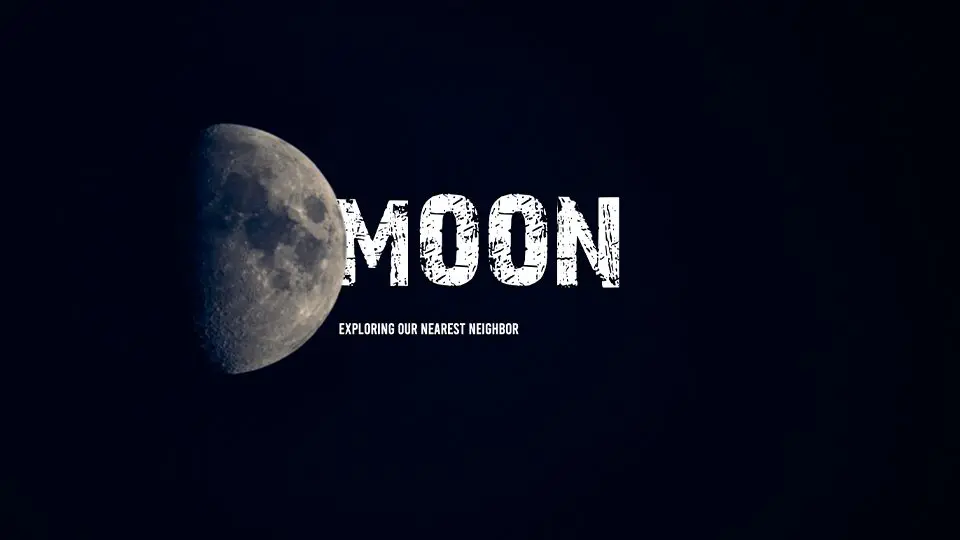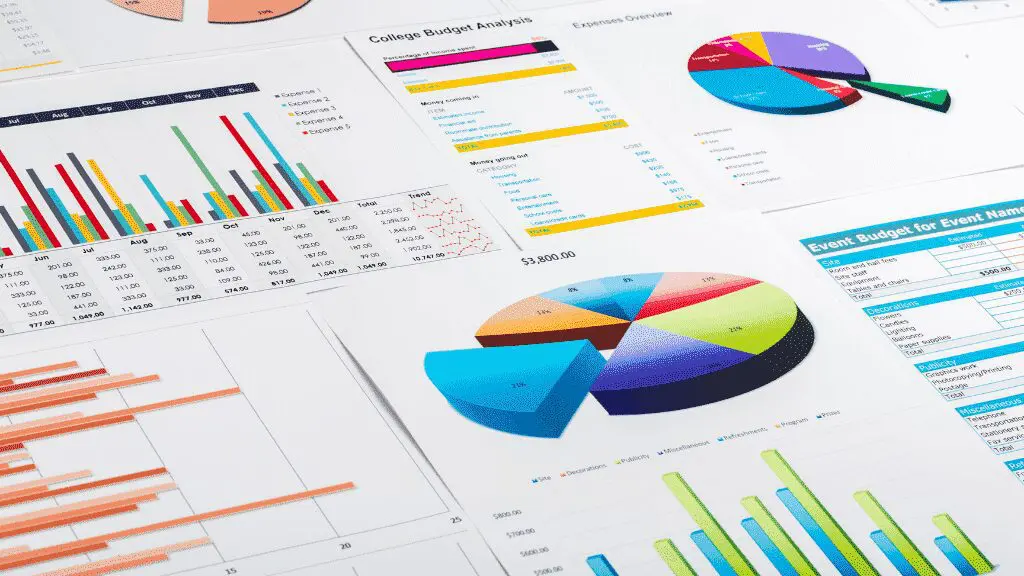Creative sales presentations are a great way to build trust with your audience and inspire them to take action.
According to Sales Hacker’s data, prospects tend to retain just about 10% of numerical information and approximately 25% of the visual content they encounter. However, when your message revolves around a compelling story, this retention rate significantly increases to an impressive 60–70%! Source: Storydoc
In today’s fast-paced world, effective b2b presentation skills have become more critical than ever. Whether you’re addressing a small team or a vast virtual audience, the ability to convey your message in a captivating and memorable manner is a game-changer. Creative presentation techniques are the key to achieving this impact.
In this blog, we will explore the four best creative presentation techniques that have risen to prominence in 2023, empowering you to make your presentations truly stand out.
Visual Storytelling

Visual storytelling is a presentation technique that uses images, illustrations and graphics to tell a story. It’s similar to the narrative structure of movies and books, but it’s done in real-time. during your presentation.
The main idea behind visual storytelling is to use visuals as tools for communication rather than simply decorations or eye candy for your audience. You want them to engage with what you’re saying by helping them understand exactly what you mean through visual cues and context clues (elements such as color, shape, and size).
Interactive Elements
If you want to engage your audience and keep them interested, interactive elements can be a great way to do so. With the innovative features of WordPress Quiz Plugin, you can easily create dynamic and entertaining quizzes tailored to your audience, boosting participation and making every interaction memorable. By incorporating these types of tools into your presentation software (like CustomShow), you can use them as part of the overall experience by asking questions or giving out prizes during breaks in the presentation itself.
Innovative Slide Design

Innovative slide design stands as a pillar of visual communication excellence. It’s no longer enough to rely on mundane bullet points and overcrowded visuals. Today, innovative slide design is a dynamic canvas that empowers presenters to transform content into visual masterpieces, enhancing comprehension and retention.
Each slide becomes a compelling story frame, capturing the audience’s attention and guiding them through the message. This section will explore contemporary trends in slide design, offering practical tips and techniques to create slides that resonate with your audience and elevate your presentations to new heights in this digital age.
As we venture further into the year, audiences crave great presentations that are not only informative but also visually engaging.
Trends in slide design have evolved to align with these preferences, making the visual aspect of sales presentations more crucial than ever. From the use of captivating imagery to leveraging color psychology, this section will provide insights and examples to help you craft slides that leave a lasting impact.
Data Visualization Mastery

Data visualization mastery has risen to exceptional prominence. It is the art of transforming intricate and often overwhelming data into clear, comprehensible, and visually engaging narratives.
Effective data visualization is not merely about presenting statistics; it’s about creating a story within the data. By employing various visualization tools such as charts, graphs, videos, SVGs and infographics, presenters can unravel the hidden insights and trends concealed within the numbers. This empowers the audience to grasp the significance of the data effortlessly and derive meaningful conclusions.
As we navigate the digital age, data visualization techniques continue to evolve in tandem with the expectations of today’s audience. From interactive data presentations that allow viewers to explore data on their terms to dynamic dashboards that offer real-time insights, presenters have a rich array of options at their disposal.
Conclusion
The best way to get your point across is by using the right type of visual content, and these four techniques are a great place to start. They can be used together or separately depending on what you’re trying to convey and how much time you have available.

